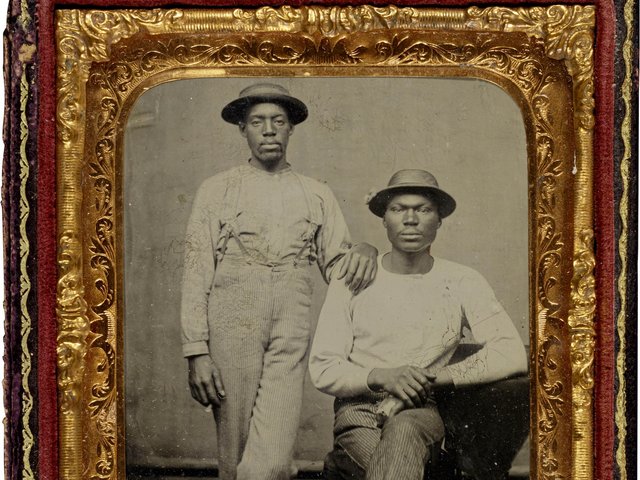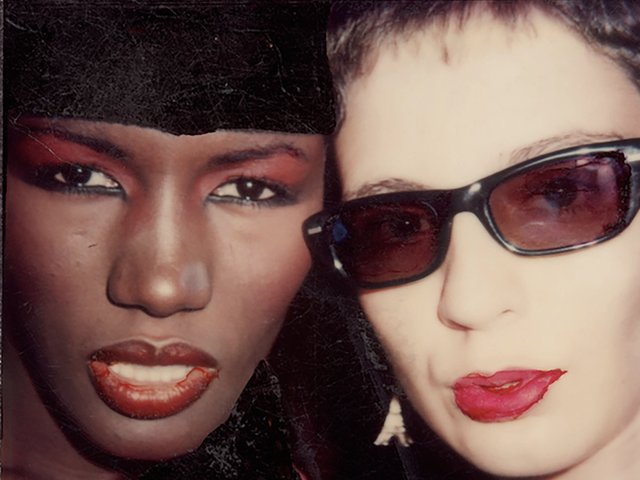West Palm Beach. In 1948, the inventor Edwin Land hired the photographer Ansel Adams to try out a new camera that accomplished the unthinkable: it produced black and white photographs outside the darkroom in one minute. Over the next 20 years, Land’s company, Polaroid, invited dozens of other artists, including Minor White and Walker Evans, to test his creation. “Artists, even some we don’t think of as photographers, experimented with this technology in part because they were getting the materials for free,” says Mary-Kay Lombino, a curator at the Frances Lehman Loeb Art Center at Vassar College.
“The Polaroid Years: Instant Photography and Experimentation”, which opens at the Norton Museum of Art in Palm Beach this month after making its debut at Vassar earlier this year, traces Polaroid’s unique role in the history of photography. The largest survey of art made with Polaroid products ever in the US, it features more than 150 works by around 40 artists, from early adopters like Adams and Paul Thek to contemporary artists Catherine Opie and Anne Collier.
In colour
The release of the SX-70 in 1972—the first camera to print self-developing colour photographs—marked a significant turning point for the medium. Artists such as Lucas Samaras and Ellen Carey, both of whom are represented in the show, were drawn to Polaroid because its prints were fast, unique and easy to manipulate. As soon as the camera ejected a new photograph, they would mark its still-wet surface, creating abstract patterns and surreal effects that fused drawing, painting and photography.
For years, the artistic legacy of Polaroid has been overshadowed by the company’s own financial and legal troubles, which are documented with a timeline in the exhibition. In 2008, Polaroid filed for bankruptcy for the second time in a decade. One of its former owners is currently serving a 50-year prison sentence for his involvement in a Ponzi scheme. Most of the company’s art collection was sold to pay its creditors.
Although the embattled corporation stopped producing instant film in 2008, artists have continued to experiment with the material thanks to the Impossible Project, a private company that continues to manufacture the film on a smaller scale. In addition to recent works by Bryan Graf and Beatrice Pediconi, the Norton exhibition will present a new commission by the artist Matthew Brandt produced in partnership with the Impossible Project.
“Polaroid appeals to the younger generation because they want something analogue—it’s the same reason they collect records,” Lombino says. “At a time when everything can be reproduced with a scanner or a jpeg, these are still unique.”
The Polaroid Years: Instant Photography and Experimentation, The Norton Museum of Art, West Palm Beach, 19 December-23 March 2014
Originally appeared in The Art Newspaper as 'Click, whirr… before instant went digital'



